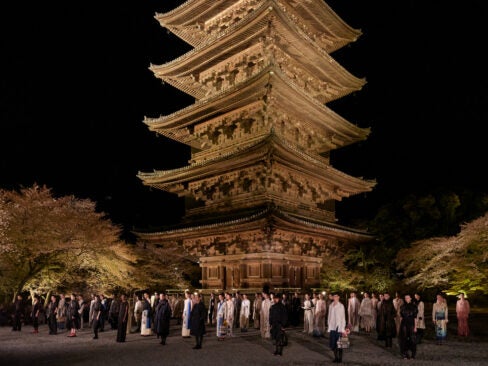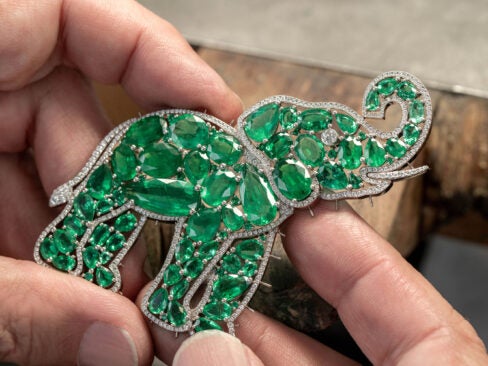Luckily, the GIA Gem Encyclopedia is invaluable in helping you learn more about gems before you buy. This online resource covers gems from amber to zircon, complete with history, buying guides, stunning gem photography and videos.
With Mother’s Day just around the corner, you might be thinking about buying the mom in your life one of nature’s most precious gifts: gemstones.
Today, we look at three of the more popular gemstones on the market: diamonds, sapphires, and emeralds – May’s birthstone – and share some tips, myths, and interesting facts we learned from the GIA Gem Encyclopedia.
While the round brilliant diamond remains a classic and elegant look for mom, diamonds also come in a variety of fancy shapes, each with their own unique attributes. For instance, the oval shape helps create the illusion that the finger is longer and slimmer. The Marquise shape makes for a successful pairing with other gems in multi-stone rings, and can make the diamond look larger in size. And bohemian, adventurous types tend to favor the triangular shape, due to its unusual appearance. No matter your mom’s preference, any diamond purchase should start by understanding the 4Cs, created by GIA and the universal method for determining a diamond’s quality.
 The mere mention of a sapphire evokes images of royalty and romance and this durable gem is worthy of a mother’s unconditional love.
The mere mention of a sapphire evokes images of royalty and romance and this durable gem is worthy of a mother’s unconditional love.
Though sapphires come in almost every color (except red), blue sapphires are the more readily available. The most highly valued are greenish blue to violetish blues, in medium to medium-dark tones. Blue sapphires typically have some inclusions, but in general they have better clarity than rubies. Don’t compromise on cut, as it can make a significant difference in how lively a sapphire’s sparkle is.
There are countless reasons for mothers to love emeralds. As May’s birthstone, emerald is associated with spring, renewal and rebirth. Legend has it that it relieves stress and strained eyes (wouldn’t that be a welcome gift for some moms!). Emerald’s color is the standard for green-colored stones and the most desirable emeralds tend to be bluish green to green, with strong to vivid color saturation and medium to medium-dark tone.
Inclusions in emeralds are quite common and are sometimes called “jardin,” which is the French word for the garden they resemble. Emeralds with no visible inclusions are very rare, so be wary of a well-priced gem that appears to have flawless clarity, a likely sign of it being synthetic or a simulant.
Continue your exploration of these lovely gems at the online GIA Gem Encyclopedia, and find knowledge that’s beautiful and useful.











